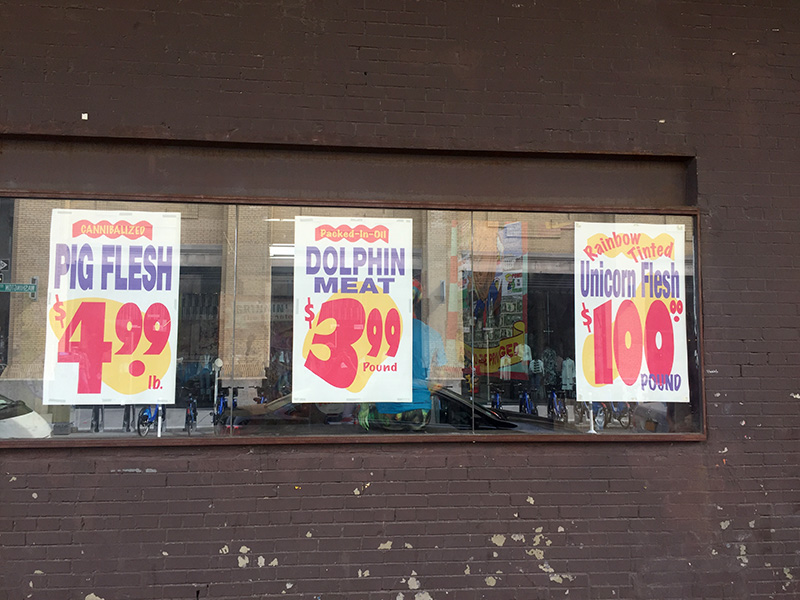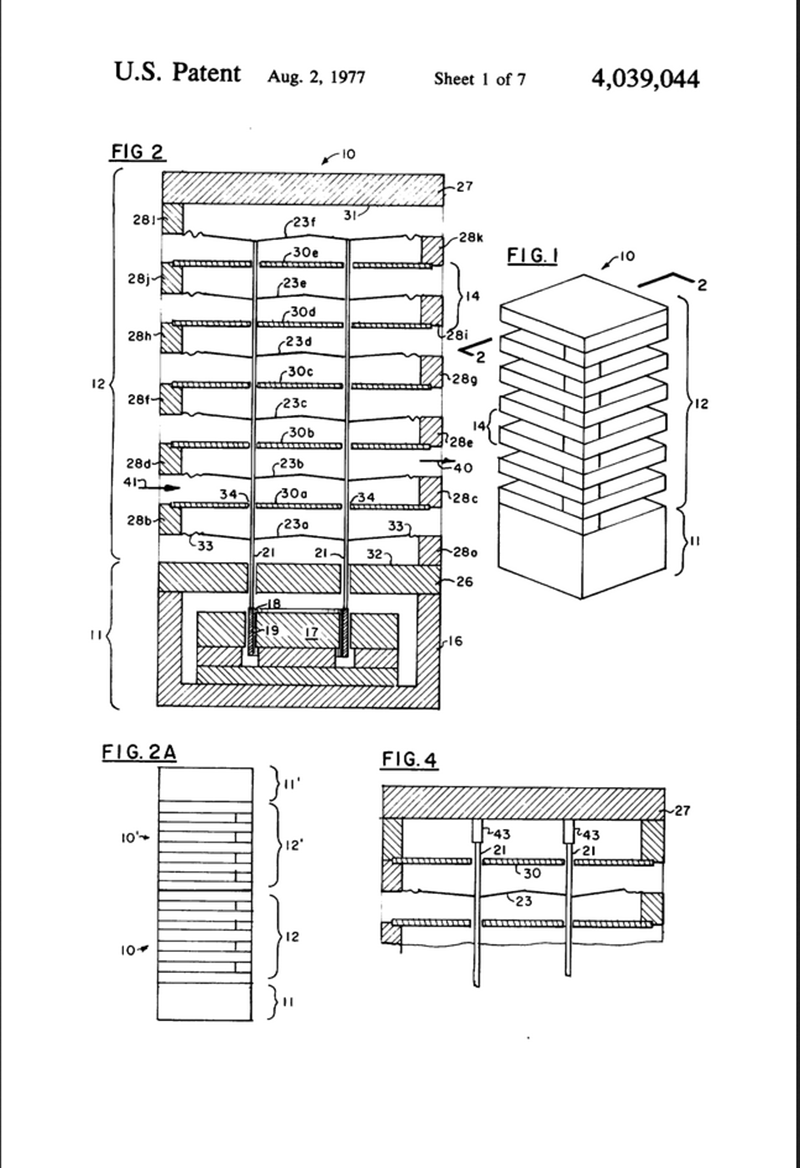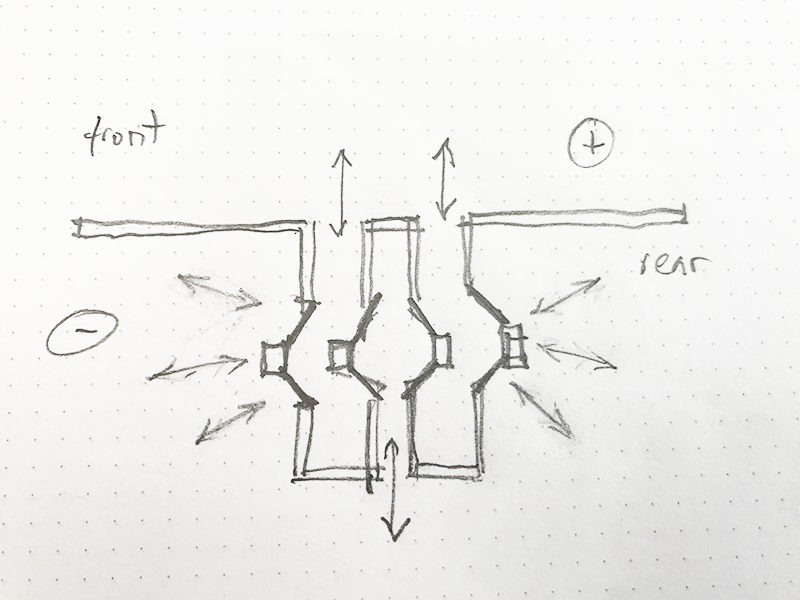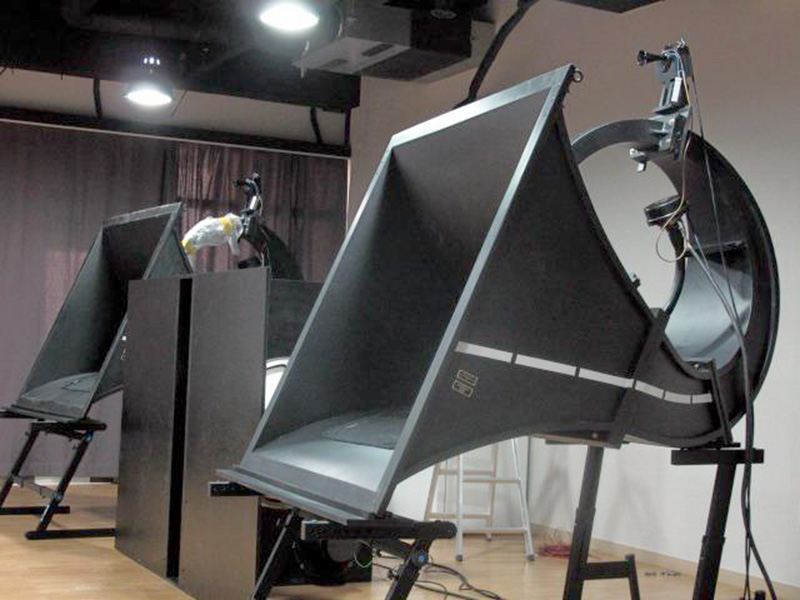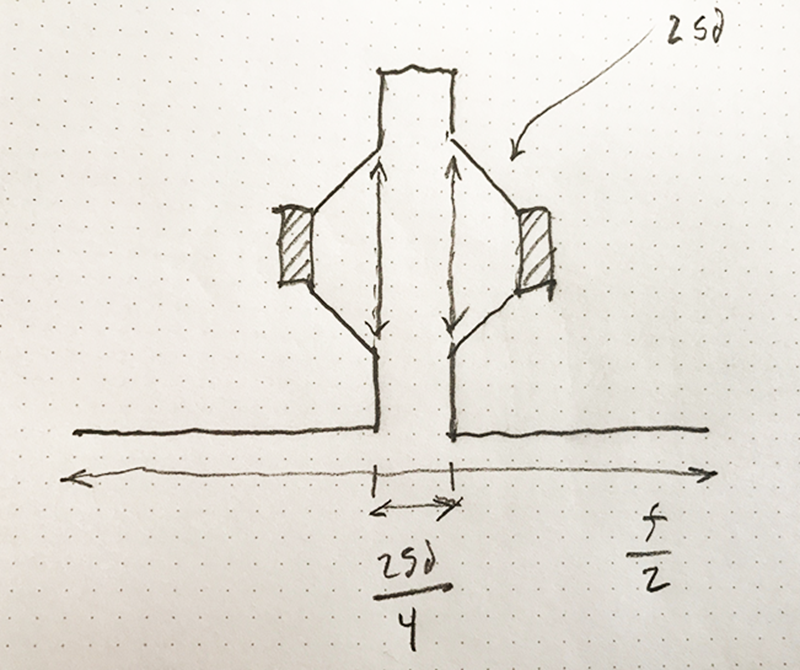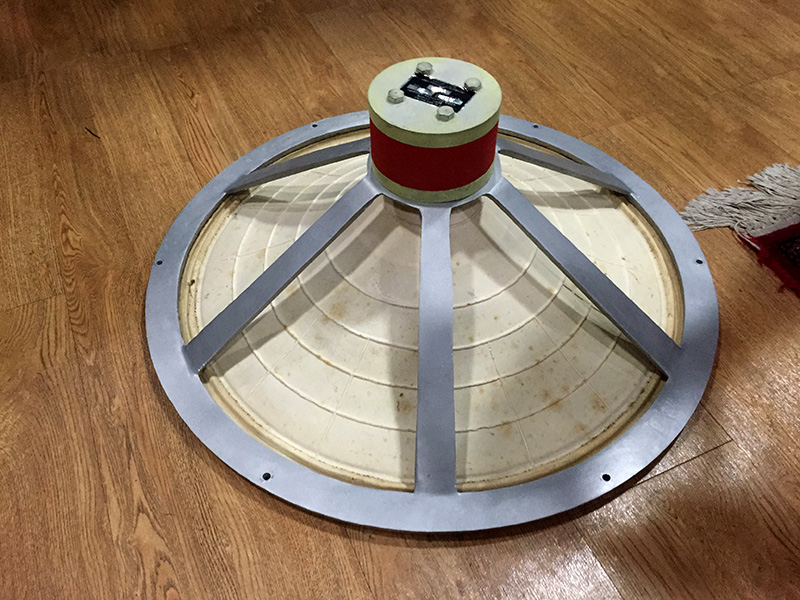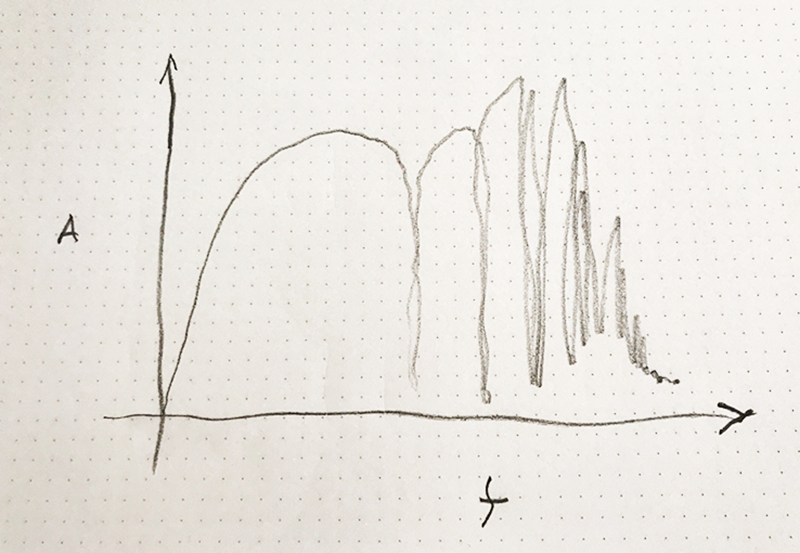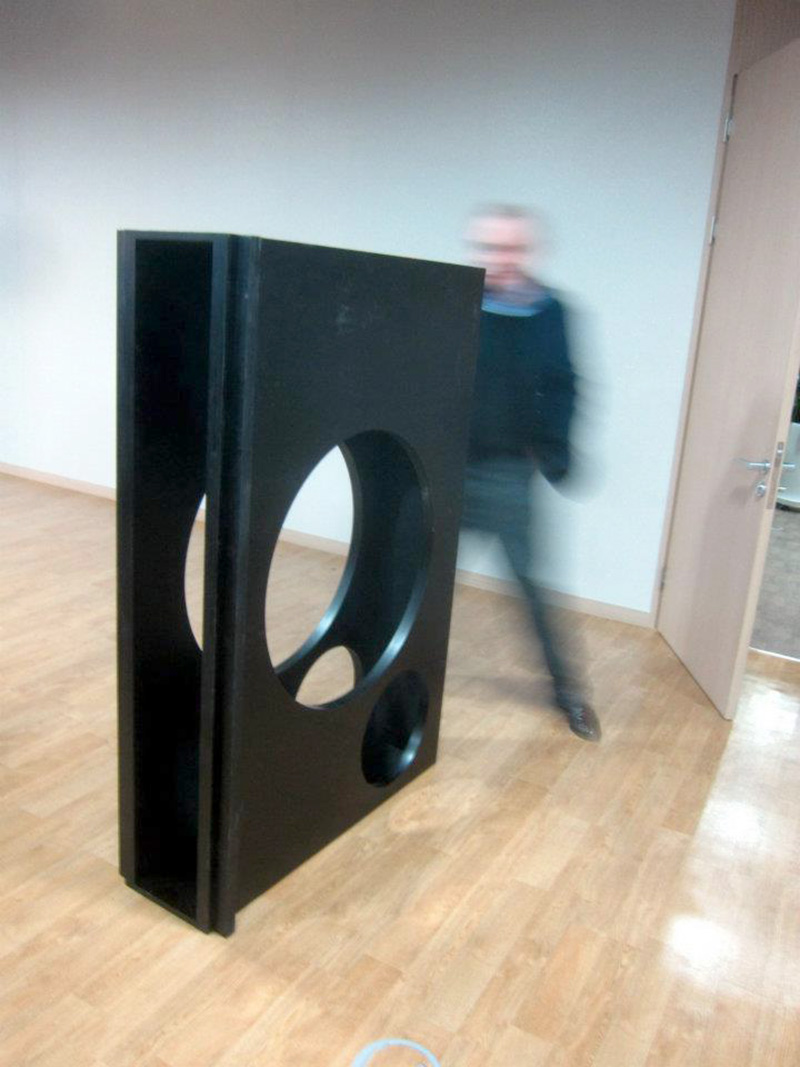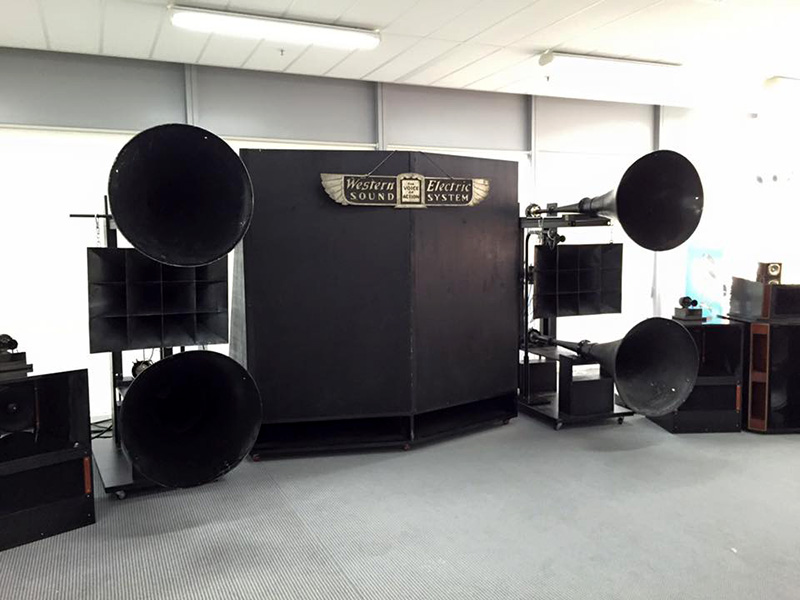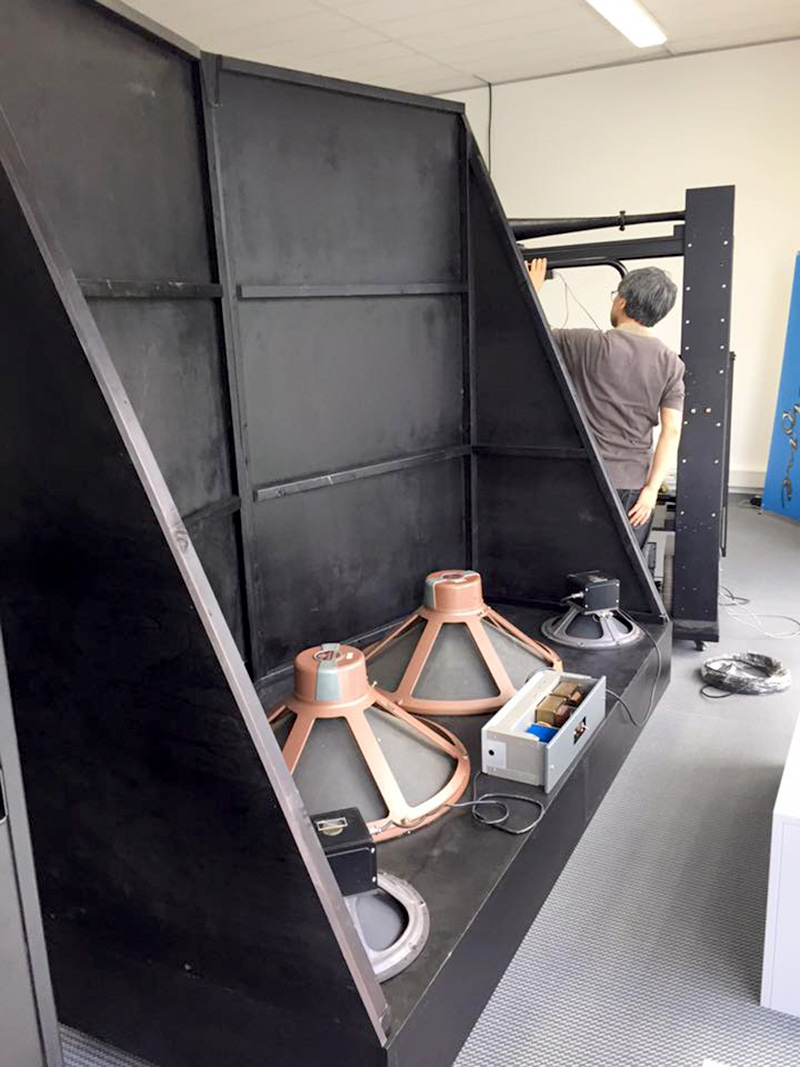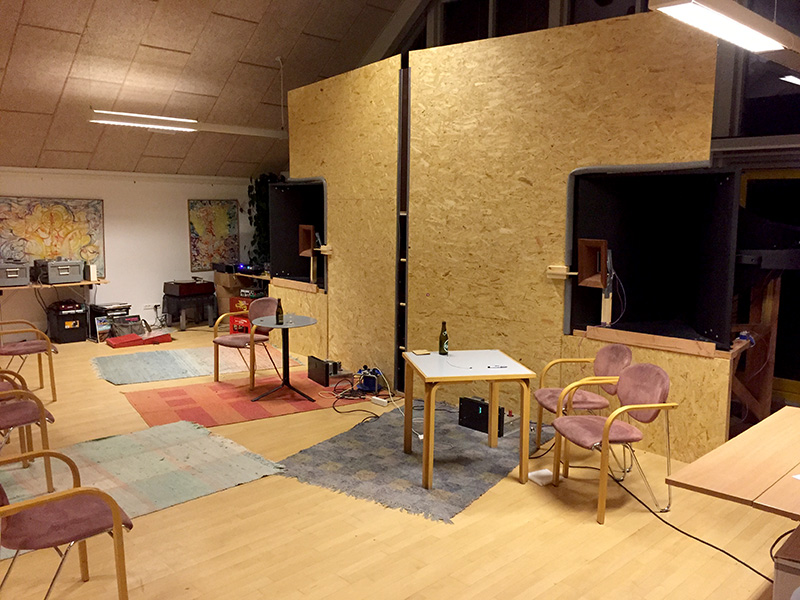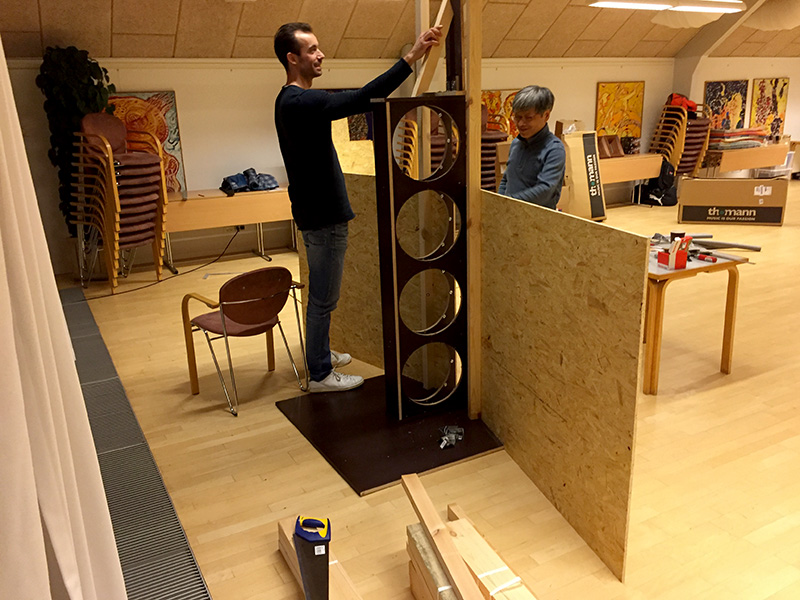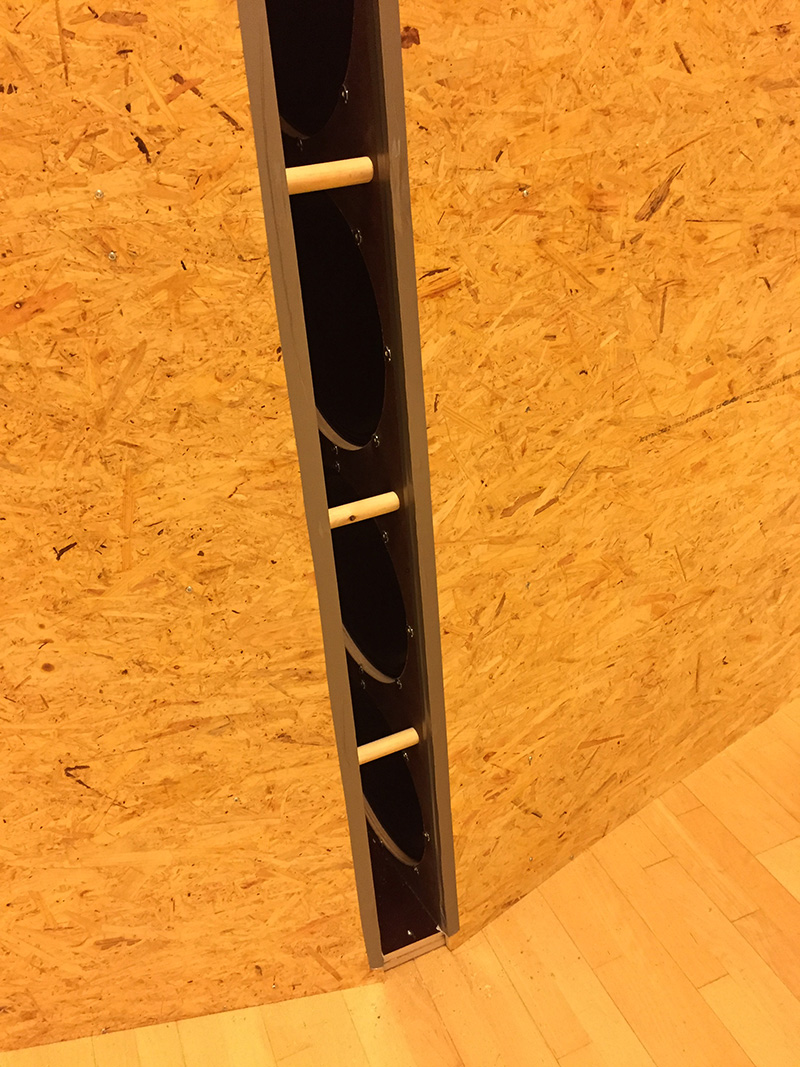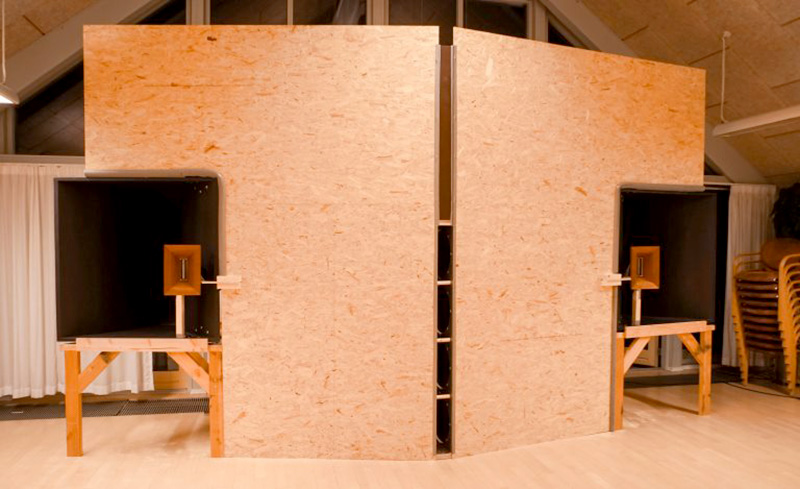there are more than one kind of race for the bottom.
for example, paying your employees with gin. yes, that shit is low and bound to backfire. bottoming out on gambling, transfats (jelly donuts!) and crack cocaine works pretty good too. a bit rough on the complexion, but definitely putting out fire with gasoline! cheating on several partners simultaneously while lying about a sexually transmitted disease also typically winds up near, or at the bottom. not glamorous at all… (especially when they all find out at the same time). also up for your consideration: neoliberal and libertarian avarice (schizophrenic individualism plus end game capitalism). that is nihilistic, narcissistic, and totally bottom feeding. a ballistic missile without any target launched everywhere. and, as i have mentioned before, my personal favorite high speed gutter slide… love love love it when loud white male media luvin christian right wing homophobic republican shills get busted sucking dick in a public toilet (happens way more often than you might imagine). extra hypocrite points when they do it high. that is a greased up poop chute straight to the shitpile… amen!
and then, there are “the cars that go boom“.
https://www.youtube.com/watch?v=BaeNelsAOGo
most of these are self-absorbed and destructive spirals to some poor end… or just fabulously humiliating. but the sick bass, ridiculous and crazy fun.
building surfeit bass sound reinforcement is something the young men i grew up with sometimes did to cajole, impress and humiliate like minded young guys and gals, and harass the neighbors. that is, when they weren’t dancing, fighting, sniffin glue or nodding out. in the New York City of the punk and new wave era (when i became eighteen to twenty-something), this activity was closely connected, but not exclusively, with car culture. and, Canal Street. not that punk or new wave had anything at all to do with it. black New York and puerto rican New York were absolutely the biggest influences. you had your “pimped” rides (“check that baaad short”…), “fuck trucks” which required a ford or “chevvy” van… and also street racers (usually based on General Motors and “stock racing”).
and, while it has nothing to do with cars at all, i cannot leave out the humble “boom box” either! personal audio dynamite. loud music raises awareness from a distance. especially the bass.
come to think of it, visual art was mixed in there too! the speakers weren’t simply fur lined suburban den fuck-truck disco bar style. there was bling! shag! fiberglass, gold leaf “striping” and a latino sub-genre Ed “Big Daddy” Roth “rat fink” inspired thing, along with graffiti. throw in a touch of street gang colors. think “Kato’s Nunchakas”. But of course you also had your punk-ass McGyver ducktape hack, on a dayglo painted handtruck with a car battery.
i believe public ordinances were changed in NYC to better suppress the ultimate purpose of the fur lined fuck truck (no sleeping in cars). noise rules were also modified to attack the proliferation of “boom boxes”, particularly inside public transportation. but, i do remember some epic modded boomies! especially at the courts… (as in basketball).
vandalism and theft were also important features of this activity from time to time, but the really crafty woofer guys… the cream of the crop, were rarely hassled. they were local heroes for a time. it was much the same for motorcycles and chopping, graffiti and hairstyle. so much for objectivity.
the first octave has something primary about it. it goes beyond intellectualization. it invokes passion, mischief, wonder… probably also the most negative expressions of these feelings. and the means to manufacture large quantities of it is a big part of the contemporary audio business. in the mid 70’s, the scene in NYC was local and DIY way before the concept was coined or expressed like it is today. it was also highly marked with the personality and bravado of the individual.
and then there were the big systems. the club systems. it might seem that these two emerged separately, but that would not be true. there was street resonance. and these two things particularly overlapped in the superabundance both expected and demanded by the scene. and the competition was FIERCE. it was an arms race.
in the late seventies through early eighties, reggae and ska, “industrial” music, and the new angle on disco (rap), made plumbing the depths something new. and i don’t just mean ESG, Sugarhill, Parliment… ie., Bootsy AND Bernie Worrell (on minimoog). funk definitely had an effect. but, i remember hearing “Yellowman” for the first time at SOB’s, and whoever the hell he had with him on bass, played a terrifying rig. not to mention Harry Crosby with Gira’s “Swans” (i wonder what happened to Harry?) there just wasn’t that much bass in music before that. not electronically reinforced… not acoustic. i mean, really. it is hard to imagine that now. too much is normal. but custom rigs for clubs and particular performers, became a “thing” then, and people in the scene were always checking out what everyone else was doing.
come to think of it, i also remember “hearing” Bad Brains at CBGBs, and thinking the roof was gonna cave in, from the bass! Darryl… and it was way past brilliant. hearing is inadequate to describe that in it’s entirety. it was a full body experience. Bad Brains changed me. for the better. so did the Contortions, Defunkt, James Blood Ulmer, David Murray changed me… Glen Branca. Ornette. but that’s another story. i stray.
a history of the club scene technology wars of the 80’s and 90’s would make a great read… Studio 54, Danceteria, Area, Nells, Crisco Disco, Save the Robots… it was all about the bass. none of the big PA firms had much to do with it, other than Crown, and probably Yamaha. amplification was usually stock, just lots of it. i never saw a stock speaker cab in any of those places, except for the monitors on stage. PA was always custom, by a host of ever changing small fly-by-night arrangements. contemporary Altec, JBL and EV drivers were commonplace, but not the stock cabinets. and even the drivers themselves were sometimes heavily modified. “vintage” technology couldn’t handle this new direction and still can’t.
i also know that the spread of the bass wars from the cities to the edges of the greater 49* (and Puerto Rico) had effects no one could have predicted. it might have started in NYC, but it sure didn’t stay there. i have been told, in a way that i believe utterly, that Houston, Texas had a black dance scene during the 90’s, in clubs with such exaggerated bass as to cause bodily harm. car window glass popped off. people crapped themselves. someone tell me that isn’t so? it sounds exaggerated, but… (*Alaska didn’t have enough electricity for a proper gay disco yet).
Houston was also the home of DJ Screw (screwtapes), “lean” (codeine cough syrup and koolaid/cola) and embalming fluid dipped joints (“fry”). wtf! i remain impressed.
this “race for the bottom”, is both comic and capricious, unlike the republican apocalyptic kind. and, the technology and variations are interesting for me. overkill has become typical because ridiculous bass is expected. but is overkill the only possible response? my contrarian constitution really gets stimulated thinking about this.
my own experience started with a klipschorn! a homemade copy… bass only, i inherited it from a social club around the corner from where my family lived on Ave. C. “Wraggs’ Place”. you got drunk, listened to r&b, and played bid whist. my brother alex was really really good at it (bridge, too). i only had one. it had some kind of Electrovoice 15″ ferrite magnet driver that weighed over twenty pounds. but Xmax was probably only a quarter inch, and Fs 50 Hz… i doubt it went lower than 40 Hz in my room, but it was so fucking LOUD! i loved it. my mom, not so much.
somehow i figured out you could partly narrow the exit ports into “slots”, and it lowered the frequency radically… maybe an octave? although everything else went to hell. and it chuffed… made whooshing sounds and vibrated against the walls…. i thought it was cool. it was my first sub.
i am not going to go through a blow by blow history of morrison’s life of bass. it would make for a dull read. but suffice it to say my early years have probably left me settled on just a few really opposite approaches to the first octave. and to accept the common idea of “too much is a good thing”.
what i want to talk about now is something Oskar Heil did in the late 60’s. he called it the “air motion transformer”. many people are aware of the superlative high frequency drivers made with this principle. less commonly known is that there is nothing to limit the use to treble reproduction. midrange and yes, even bass are doable, albeit not necessarily just the way Heil did it.
i would love to ask Nelson Pass about his time at ESS… because one of the things he did there was make a practical Heil woofer. since then, Tymphany and a few others have done some related work, but Pass was actually THERE. he worked for Oskar.
below is an image of the patent over the Heil bass driver… the “LAT” driver is obviously directly descended.
you see the method of “turning the drive system perpendicular” to the direction of propagation… the “pistons” work into slotted chambers which compress the air, and the narrow exits couple the pressure wave to the world outside. many people have written eloquently about this so i will just make this crude example and move on. please look at wikipedia for more…
in order to explain my interest, i need to give a shout out to some brilliant crazy norwegians. back in the mid 90’s, when the internet really started to connect large numbers of people, my longtime friend and collaborator, Joe Roberts, started his audio bulletin board. within that community there was a manic scandinavian who frequented the “joenet” named Thomas Dunker. he and his lurking collaborator, Torbjörn Lien, had also built some big Heil woofers (among many other really insane things), although i am not entirely sure they realized that? it definitely was, in any case. and this was my initial introduction to the principles of operation. it took a little while to make the connection to Heil.
this woofer system predated mr. Linkwitz’ open baffle woofers by at least a decade (possibly two). and is far superior in one regard: distortion.
in the case above, three long narrow chambers replace the many small ones of Oskar’s original. rows of identical standard drivers replace the complex pistons of the original. they are mounted front to back in the chamber to cancel 2nd order effects. the backwave is not completely chambered, and the velocity is lower at the back than it is from the mouth of the chambers facing forward. the ratio of driver surface area to slot area can be reduced, to create compression in the chamber. i’m not sure that this was thoroughly explored by the norwegians at the time? i believe i remember talking about this with them… you do want to explore that!
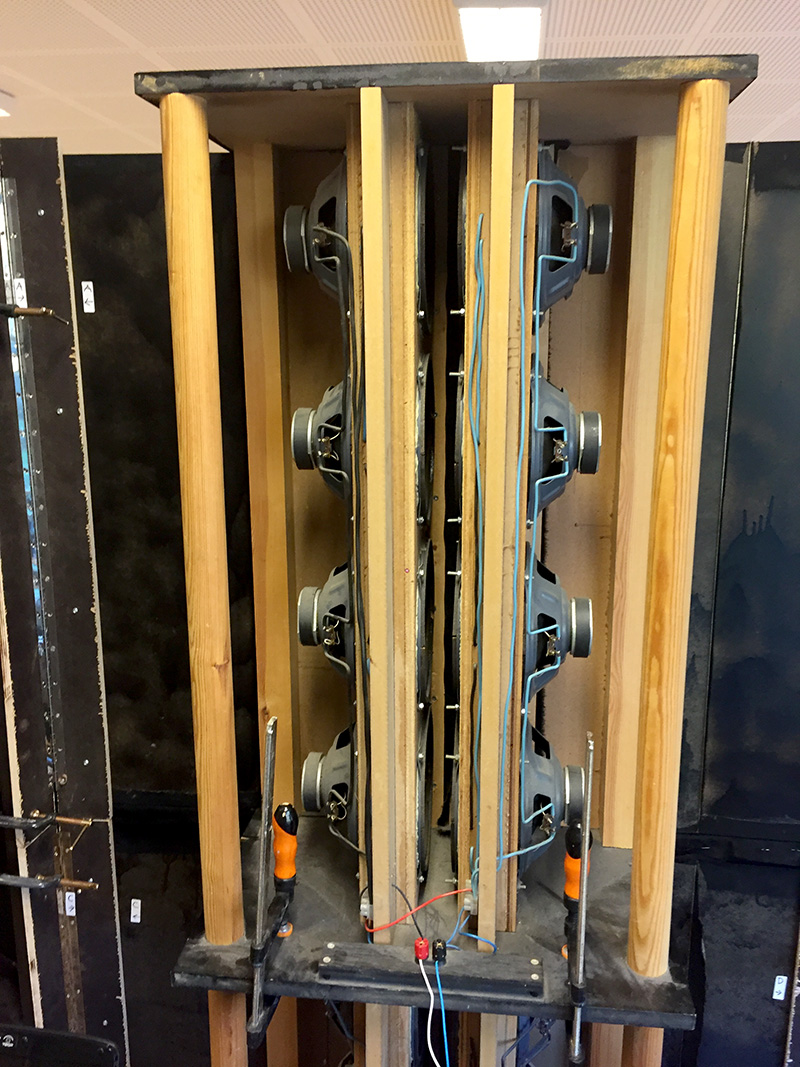
a large open baffle prevents the back wave from canceling the front. despite the differences from Heil’s original idea, this works very well. and different enough to avoid the patent. many have made variations of this now, so hopefully there is enough prior art to prevent madness. i do want to assure you that the AMT concept is still at work here. the velocity of the drivers and the velocity of air at the mouth is different. excursion is reduced, but velocity is increased, at the cost of the many drivers and the size.
one of the primary problems with piston drivers and low frequencies is poor loading. room air is squishy and also bounded (there are walls and random openings). because the scale of practical low frequency drivers to the wavelengths of interest is so high-ratio (even an 18″ woofer is a poor match to a half wavelength of 30 Hz), one is generally forced to accept a set of tradeoffs and compromise, when designing a bass reproducer. it is a gross simplification, but not wrong to say that driver excursion can offset the poor loading at the cost of efficiency and distortion, or increased piston diameter (horn loading can be included here) at the cost of increased size. lots of (big) drivers or a really big horn properly loads a room! good luck convincing your family of the advantages! clubs are a bit more tolerant, though.
but, the mass and inertia of the pistons also creates delay… more mass and more excursion is more delay. this is time domain distortion, that makes integrating a multi driver array difficult. we might experience this as hearing the sound coming from several sources (draws attention to the bass as separate) or as “drag” or “slow”. don’t misunderstand me. low frequencies are slow! i am not talking about that. i am talking about integration. having the entire system sound like one complete whole. this is also made worse when the frequency dividing network is added to the system. even if some electronic compensation is possible in the analog domain, the complexity of the intervention can and often does offset the fix. there is no simple solution for this. digital can do some interesting things here, but that is even more complex…
reducing excursion, all by itself, limits time domain issues and lowers harmonic distortion. think of headphone elements, for example. however, there must be enough movement to load the room… you would need a LOT of heaphone drivers to do that. (Joe Grado actually toyed with that idea!)
the main trade off can still be narrowed down to a dualism between excursion and efficiency (better loading). this assumes that a loudspeaker is a system that employs force over area.
these two ways of solving the problem of deep bass are well known and documented. i am not even going to evaluate this, but want to consider a particular angle that is useful in the case of those who insist upon using vintage bass drivers. the difficulties there are manifold. actually there is no shortage of early woofers with a low resonant frequency or a large surface area… among the first (and still one of the best) “woofers” made is the Western Electric TA-4181. designed at bell labs, it is an 18″ electrodynamic (it was made pre-permanent magnet era) driver with a very low Qts (0.18), low fS (35 Hz), short Xmax (0.125″) and a huge VAS… (varies with age and model). using such a driver in a sealed or reflex baffle results in 50 to 100 Hz f3… and a walk-in refrigerator sized box. or bigger. in terms of the first octave, not even worth the trouble. note: low fS; huge VAS; crazy high efficiency; these drivers were used in a wall sized baffle with a horn lens that was meant for a movie palace! in the M2 Mirrorphonic system, 50 Hz efficiency is near 112 dB/watt @ 1 meter! this was the first “time aligned” speaker system (1934) and a well integrated two way, for 3000 – 5000 seat theaters.
that is really impressive. but it isn’t the first octave. getting down to the bottom is no small feat, especially for vintage. point is that there are 1930’s drivers that can work in a 25 foot long horn (with a 12 foot by 12 foot mouth) and can do really deep bass with authority. but not in a 10 foot long one… not with the sort of bombast worthy of Danceteria. not even close. your basic car subwoofer goes way lower.
the Heil AMT can do some things in this instance, with vintage technology, that cannot be done otherwise.
in the image above you see a sub-woofer paired with fullrange horns, based on the AMT.
in this case, there is only one chamber and two large pistons… each made up from a pair of 30″ and a 15″ drivers (the Electrovoice EV-30 and the Altec 515-A). i wanted to explore variations and it seemed prudent to start with the simplest case. because the wavelengths are so long, it seemed feasible to use one larger chamber. the two drivers have nearly identical thiel-small characteristics except for scale, the same efficiency (about 102 dB/watt@1m through the midband, about 75 dB/watt@1m at 20Hz) and together they create an oblong shape which spreads resonances in the chamber a bit better. i opted to dispense with the typical Linkwitz technique of reversing one mounting to cancel second order effects… while many use this to compensate for distortion associated with long excursions in open baffle bass. this is not that, i want to be clear! the excursion in this case is very small, and it reduced further by the compression ratio between the surface area of the driver and the dimensions of the mouth (less by some factor). the velocity of air at the mouth is the thing we are concerned with!
vintage drivers can be an ideal match for an air motion transformer, much the same as they work well in a horn. the high damping of the electrical system (with the implied high motional impedances) that come with a powerful magnet and an underhung voice coil requires a high impedance load to get the most acoustic power out (the air in a room is low Z). Xmax is much too short to help here and the driver would be damaged long before it could move the amount of air necessary for lots of low frequency. but in an AMT, the excursion is multiplied by the compression ratio, which in turn raises the load impedance. the driver gets what it needs to work well, and the air in the chamber does the pushing on the room.
this woofer worked well and efficiently enough to play into a small theater-sized hall with 50 Watts. and it went down into the 20s. an octave lower than any baffle these drivers were ever used in. it was simple to make and not critical in terms of dimensions to get a useful result.
okay, of course it had some problems, but i was prepared to work with most of them. the dimensions of the chamber were large enough to put the resonances (the X,Y, and Z dimensions of the chamber each create standing waves with associated peaking and nulling) into the midrange… and the relationship between these and the driver response create comb filtering as frequency extends upwards… i have no measurements of this woofer handy for this article (they are in south korea…), but this is an uncontroversial observation. below is a scribbled image of what the sweep looks like full range…
the combing adds the worst sort of mathematical harmonics you could think of to the upper range. it’s not unlike a ring modulation! that shit is UGLY to hear, unless intentional. so this kind of loudspeaker needs to be killed off well before that happens. i found i couldn’t cross this particular arrangement over any higher than 80 – 100 Hz. it added crud to the midrange i didn’t want. and the steeper the filter, the better. 3rd order, butterworth was the minimum, in my experience.
above you see the chamber. Joe Roberts for scale… you can see my attempt to create an oblong piston with the two drivers to reduce the magnitude of the comb filtering. the smaller driver is at the boundary near the floor, which adds bass boost. the compression and the boundary effect both lower the resonant frequency of the driver. fS is already quite low in these old drivers, but in this baffle, they go even lower.
because this was used in an “open baffle”, and crossed over early enough to avoid activating resonances, the sound was free from “boxiness” or “boing”. i chose the baffle size to get a good figure 8 dispersion in the room. keep the bass out of the corners and well distributed in the center. the dimension could be based on the half wavelength of the lowest frequency of concern (f/2) and measured diagonally from one corner to the opposite opposing corner, like a TV screen is measured. but the floor boundary also plays a part. in practice, the dimensions can be quite a bit less than the 12′ implied in a 20Hz target. we used 9 feet across at the Munich “high end” show.
the compression ratio used in this baffle was 4:1. that is the combined surface area of all of the drivers, divided by 4. that determined the area of the mouth of the chamber. at some point above that, higher ratios result in chuffing… or turbulence. not good. the volume of air in the chamber was based on a the 4:1 surface area and the scale of a sheet of A4 paper, with the depth determined by the EV-30. this worked okay. i made 3 variations and this was the most damped… the lowest Q. but not the one with the lowest response. more about that, later. one was a “golden rectangle” (biggest), one was a “rule of triangles” (A4 scale, and a little smaller), and the last was the smallest chamber possible given the constraints of the mouth area. basically so the drivers just fit the chamber.
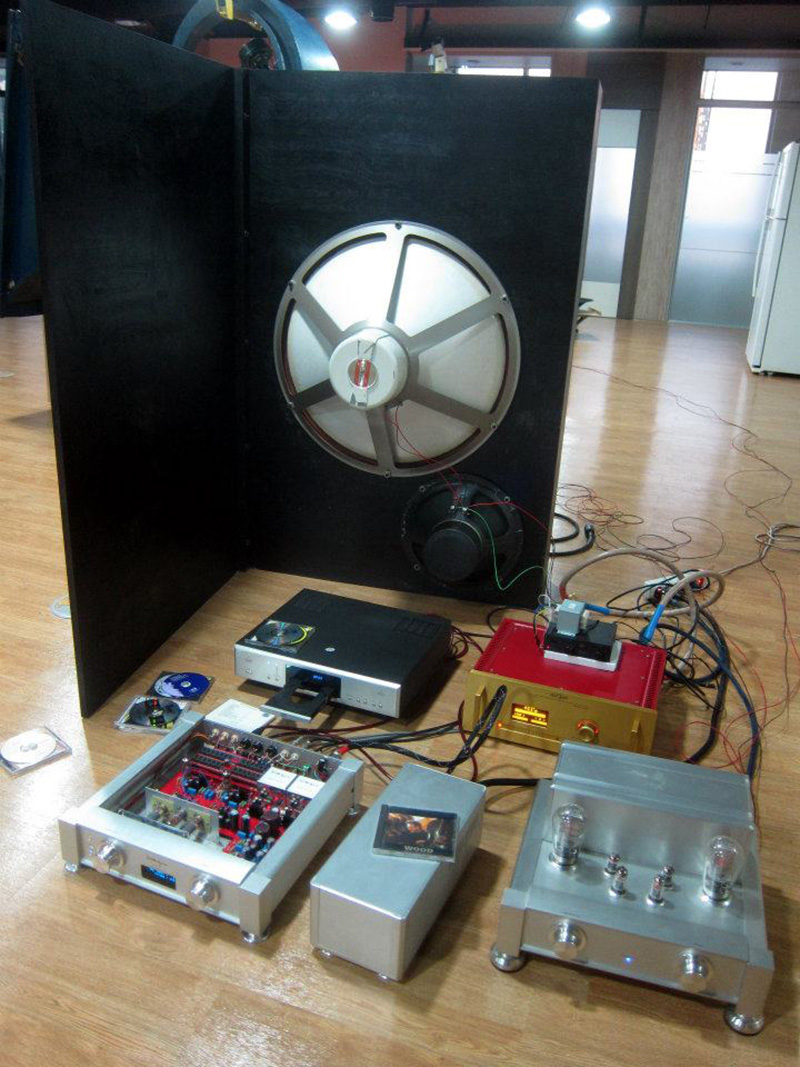
this system was used to demonstrate a WE-16B loudspeaker in Munich, in 2014. below you see another variation.
in this case, i wanted to test another variation. the simplest possible… one piston driving the chamber into the floor. the size of the baffle was architectural, so i decided to angle it to reduce reflected crap off the rear wall: a constant problem in the MOC exhibition rooms. my reasoning here was it should make no significant difference. and it didn’t. in fact, placing the mouth against the floor allowed even lower f3.
below you see the woofer arrangement. once again, i turned to the EV-30 for its obvious butchness. it also makes so much more low frequency sound pressure in this baffle than it does in any standard box. thanks to the AMT concept and a little lateral thinking.
and finally, the comb filtering artifacts in the upper bass and lower midrange really suck. its no problem if you roll off low and steep. but it would make things so much simpler if it was smoother. easier to cross over and integrate… duh! why did it take so long to realize there was no necessary advantage to making the chamber a box shape?! a wedge shape eliminates all the combing. it’s so smooth, it can be crossed over much higher. it is an AMT, after all…
above you see another open baffle AMT woofer. this one with a tapered chamber and eight 15″ woofers. the baffle was extended to include the WE-12A horns. ribbon tweeters with Keele horns complete the system. in this arrangement, the response was smooth and usable from the bottom up to about 800 Hz! we crossed it over at 120 Hz, 1st order. efficiency with the emminence 3015LF at 30 Hz was about 106 dB/watt! we used 15 watts for a room that fit 100 seats. we should have had 100 watts, 1 per person. it was built for the demonstration of live recordings for a competition… at the european triode festival (ETF) in Denmark, 2016.
here you see the baffle being assembled. note the total disregard for rigidity or stiffness of the baffle. the chamber is, however, very rigid. the floppy baffle had NO impact on the amount or quality of the first octave. do you have any idea how happy that makes me? it’s like shoving a moldy toe in the nose of every bonehead heavy MDF long throw bass-reflex subwoofer nut. “eat cheese muthafukka!”. yes, that’s some tasty contrarian shite right there!
the taper is set for the width of the drivers divided by 4 (4:1 compression ratio).
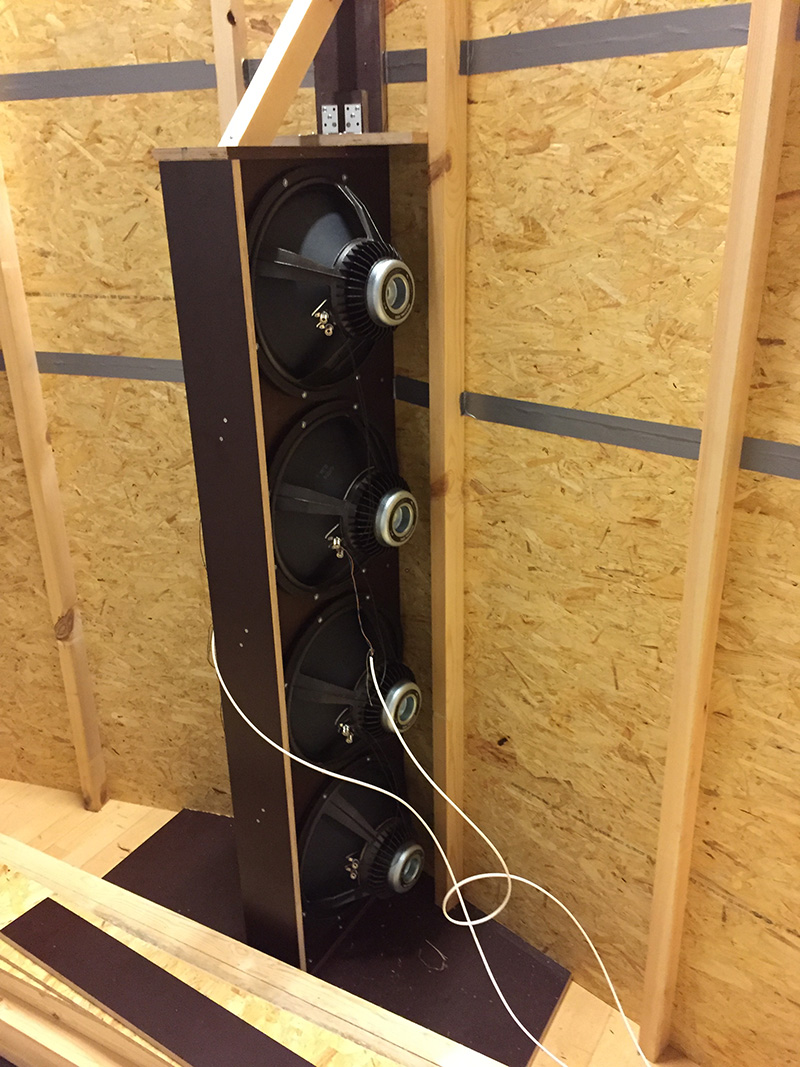
we didn’t have time to equalize or tinker too much, but given the number of ears and skills available at the ETF, it was working well enough by the time the shootout took place. this is yet another instance of the AMT idea, simplified and well used to make very low frequencies. i hope this inspires some or is useful in some way. the next step is smaller baffles with both closed and vented boxes! and then back to multiple chambers…
Addendum
from Thomas Dunker
The story of my pair of slot loaded or AMT or whatchamacallem woofer systems started around 1994. I had just become acquainted with Torbjørn Lien, following a couple of articles based around a DIY triode amp he had written for the journal of the Norwegian Radio Historical Society. I can’t remember if I was the one who introduced him to Sound Practices, which I’d been introduced to by Arnold Goksøyr – a Norwegian tube vendor and audio enthusiast a couple of years earlier (and yes, by having received photocopies of, among other things, your “Siren Song” article). But at the time I was getting into high efficiency speakers and was trying to put together a “compact” system based around a pair of battered JBL 2461 compression drivers and home made modified Edgar tractrix horns. Before plans had advanced any further I was having these 2-3 hour long phone conversations with Torbjørn where he’d rant excitedly about ideas and plans, and soon the topic turned to the question of bass systems to complement these HF horns. At the time I lived in a single “bedsit” room, about 8 square meters at the Moholt student village in Trondheim, so I needed something a little more compact than bass horns or Onken cabs.
For one thing he had literally hundreds of these Audax woofers which I think originated from the Radionette factory that was dragged down by the eventual bankruptcy of Tandberg (a story of its own for sure). He got the opportunity to buy two pallets of woofers very cheap. For years he had experimented with large open baffle systems, including line sources, but I think the first use of the “AMT” style woofer arrangement was in a guitar speaker cab where the 2×2 8″ woofer slots were flanked by 2×2 8″ woofers mounted in the baffle beside the central slot, for a total of 8 woofers. I think it was vented in the rear in the usual way for guitar cabs, more or less. Combining the slot mounting with conventional baffle mounting must have worked pretty well in that case, btw. He eventually sold it to a young guitarist, who was very excited about it.
At the time when I first visited Torbjørn in ’94 or ’95 I got to hear some of the most amazing bass I’ve experienced to date, as he had two baffles dominating his living room with 3×12=36 pcs 8″woofers per baffle, practically from floor to ceiling, run from his 50W Kaneda class A amps. (Later I also heard them driven by SE 6B4G amps – no less able to drive these very efficient systems. These systems were literally all woofer cones, 72 of them in total, no actual baffle, as each set of 36 units were mounted in a sturdy 3×12 cell lattice. I hope to hear them again in a few years. They’ve been in storage for 20 years for a lack of suitable space. (These baffles naturally don’t have the comb filter issues like the AMT style ones, but even here he mounted half of the woofers with the cones facing backwards, again for canceling out even harmonics. These systems used a different surplus super cheap type woofer, some German Heco 8″-ers.) Over the years I have heard some very disappointing open commercially made baffle speakers, all because of insufficient woofer cone area and/or baffle area. They need to have plenty of both in our experience, a no-brainer considering the physics and acoustics involved. By the time I was getting ready to build these bass systems I had spent much time studying the nonlinearities of speakers and there is absolutely no cure-all (well, almost) better than making sure amplitudes are kept as small as possible, even on dynamic peaks. Here is where bigger is definitely better, especially if LF EQ is part of the plan, or else linearity will easily be sacrificed for LF response.
Anyway, his suggestion to me was that I buy what ended up being 32 pcs of his Audax woofers (remember paying 50 kroner apiece) and build a system with 2x2x4 woofers per side. He was positively inspired by the Heil AMT for these systems, and after 20+ years he continues to plan an AMT style foil diaphragm compression driver for horn loading (amidst his huge multitude of projects), so he’s been going on about this for a long time. Anyway, back in ’94 he mailed me a long letter with conceptual sketches suggesting how these systems could be constructed, and based around these I had a woodworking shop make all the necessary parts. He specifically wanted me to put subdivisions between each woofer pair chamber/slot. The entire structure is extremely rigid and heavy as things turned out. Mostly 19mm MDF was used, as well as some plywood. Each of the eight slots are 220x45mm opening into the baffle. I think he just advised me to place the woofers as close together as possible, each pair facing in the same direction but cones “oppositely” for “push-pull” operation (as you mention, to hopefully cancel out even motor/suspension harmonics). So there was the idea of a fairly high “compression ratio”. I don’t remember how or why but the idea did surface that it might be a good idea to apply a stretched fabric across the slots to reduce Qm, at least specifically for these compliant foam suspended woofers. I ended up using black chiffon from a tailor shop without further experiments and it worked exceedingly well.
He’d told me that the Fs of the woofers would drop to about half when mounted like this, in this case I think it was from 35-38Hz down to about 20. I would successfully apply 1st order EQ down to 20Hz, but they never produced the syrupy bandpass sub kind of one note bass. I always thought they have been tuneful, snappy transient wise and “grabbed air” in an unusually capable way. I personally think there is something to the much ridiculed idea of “fast bass” in that musical transients such as kick drums are not square wave fronts, they are damped oscillations with a very dynamic envelope, demanding extreme dynamic linearity as well as correct damping for good reproduction at “realistic” levels. This is obviously not easily accomplished with tuned resonant systems depending on large cone excursions and much energy storage in the high velocity moving mass of heavy cones.
I remember how we listened a lot to Metallica’s “Enter Sandman” (played LOUD!) during the first few weeks in the shop and the kick drums were definitely something else. Some time later they were used for a film event in a 400 seat auditorium where they performed admirably.
Later a friend of mine in Trondheim replicated my systems nearly 1:1 but omitted the fabric across the slots and it sounded pretty awful and boomy, and I told him the fabric was necessary for lowering Qm (which I later found to be spot on 0,5 – perfectly aperiodic – with the fabric tightly stretched across the slots.)
When he did, they performed just as mine. The bass quality was exceptional in many ways and this was the only time in my life where I’ve witnessed people practically lining up as if for an amusement park ride – to listen to high quality, loud and very clean MONO sound. It was all about the physical experience of sound – and dynamics! These were all non-“audiophiles” but immediately attracted to and excited by the sound.
For these initial mono testing the first baffle was only partly assembled, using a number of clamps, and an op-amp based electronic bi-amp crossover at 500Hz was being developed. Later this was replaced by a 3 way tubed line level crossover. Honestly, with time I was never truly happy with the mid bass range from say 100-500, obviously because of the comb filter effects, which also caused some lobing problems at the crossover to the HF horns. But they remained in my system for more than 15 years through many iterations of accompanying HF horn systems. These days I only use them as “subs” below 100 Hz, with the JBL 4560 cabs from 100-300, and horns the rest of the way up.
Another friend of mine, back in the 1990s built a similar smaller pair of would-be “subs” for his Quad ESL58s. These were with 3 slots each with 4 of the same Audax woofers, for a total of 12 drivers per side. I think he also never felt very good about the 100Hz-up range, but the integration with the Quads was fairly successful. One or two more similar systems were later built in Norway, and at a point I could still get another 40 woofers from Torbjørn with the idea of doubling the systems, which unfortunately just never happened. They’re still in boxes here and there, most of them hopefully ok. (Oh, and all the woofers’ voice coils were modified – symmetrically shortened since huge overhang would be a pointelss waste of efficiency. The Audax woofers’s magnet assy’s were “twist” mounted with a sort of bayonet lock to the basket so they could be removed and put back on after the voice coil surgery and re-termination had been performed.) BTW, with regard to foam surrounds, which with time always rot with exposure to UV – Torbjørn had the idea of coating the surrounds with textile glue (thinned with some solvent, so it could be applied evenly with a small brush) which remains flexible and rubbery. All the ones he shipped to me had received this treatment and they’re still good, but must be 35-40 years old. The slot mounting away from sunlight must also help, in addition to extremely moderate excursion amplitudes.
(thanks to Thomas for adding all this detail! now you may understand why i became so interested… these sorts of conversations via email, meant so much to me, and still do)
